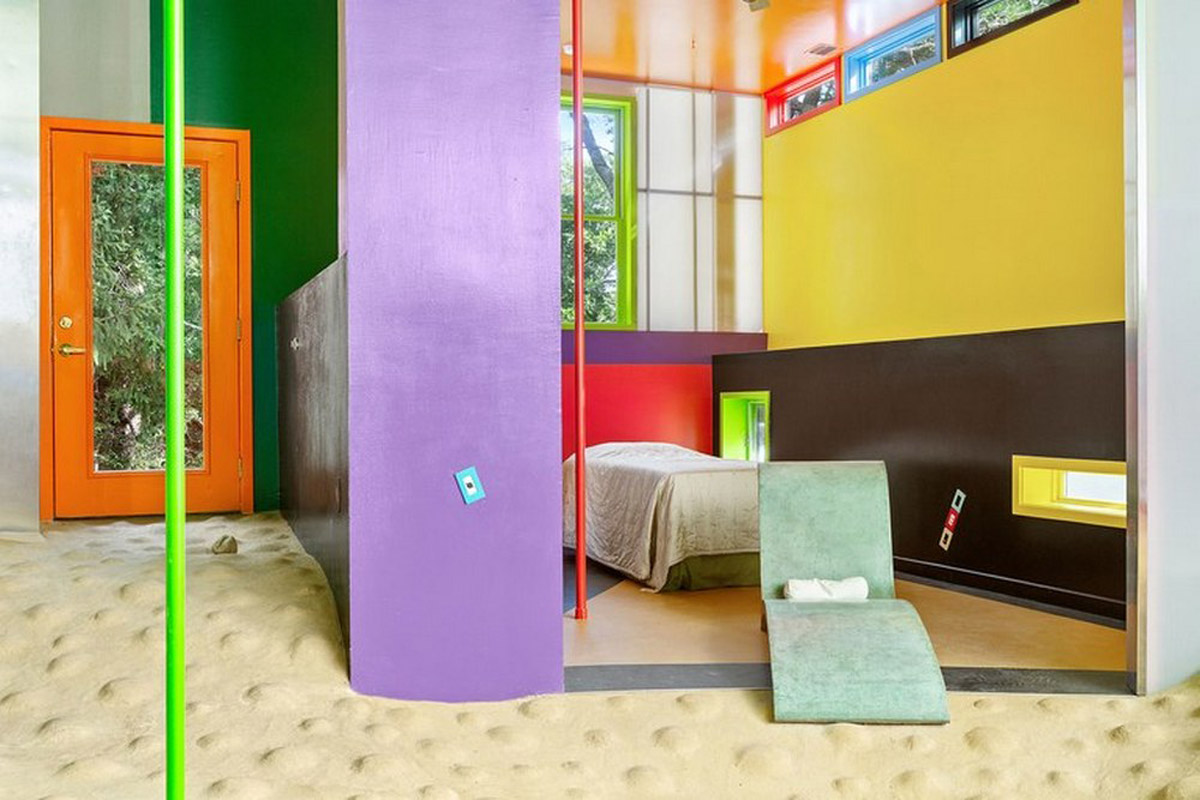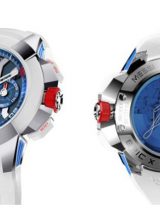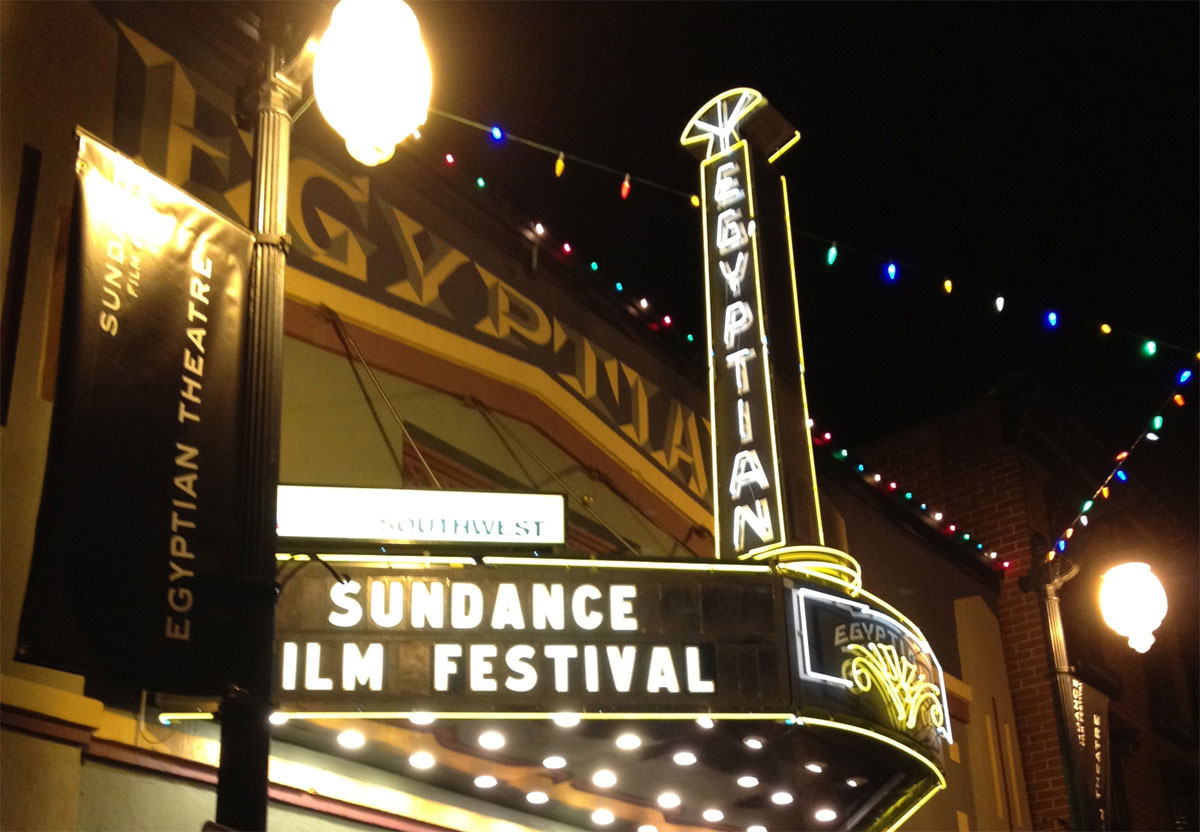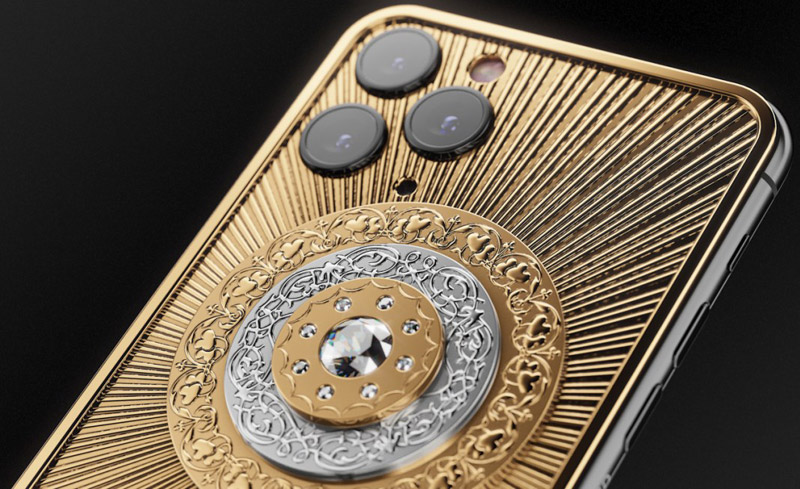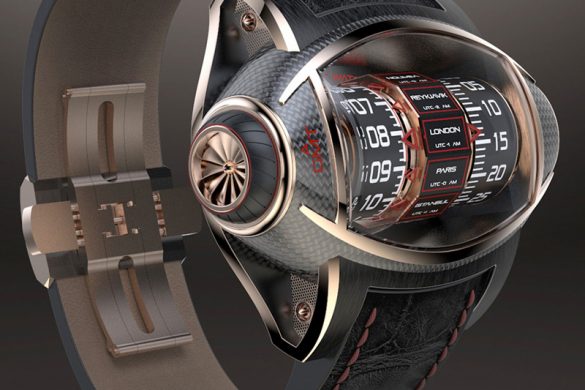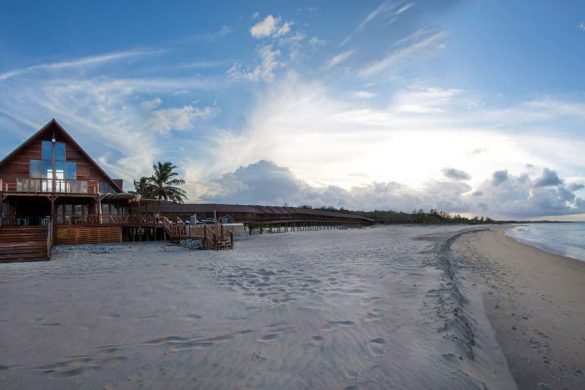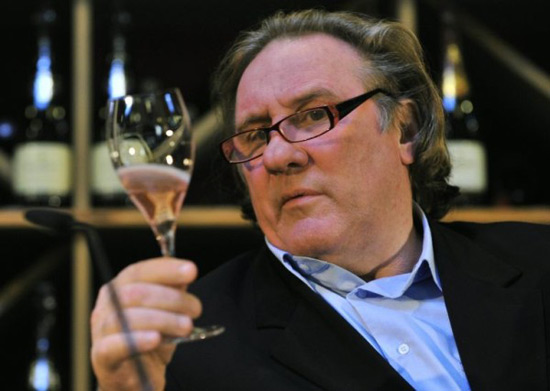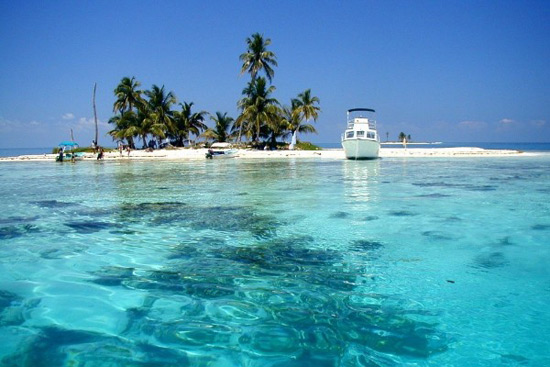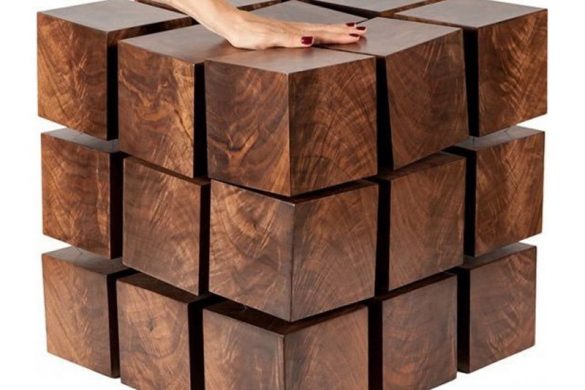Japanese architect Shusaku Arakawa and his wife, American poet Madeline Gins have designed a house which slow down aging, extend the lives of those dwelling in it, and “defeat mortality.” Called Bioscleave House—or “Lifespan Extending Villa”—in East Hampton on Long Island, New York initially came on the market in July 2018 for $2.495 million, but now can be yours for reduced price of $1,495,000.

Bioscleave House is the only house they designed and built to test 50 years of research through this experimental, provocative laboratory. It is an “architectural body” studio-house – a stimulating environment for healthy living.
There are two connected houses: The “back” Bioscleave House and the “front” original A-frame house. The new “back” house is an addition, a landscape of shifting forms punctuated by 52 colors. It is a 2,700-sq. ft. modernist, cubist design – is connected by a new link to the original and also architecturally significant 1960’s “front” 900 sq. ft. house – designed by Harvard architect Carl Koch – inspired by the Bauhaus as a new kind of simple, economical, modern summer cottage.
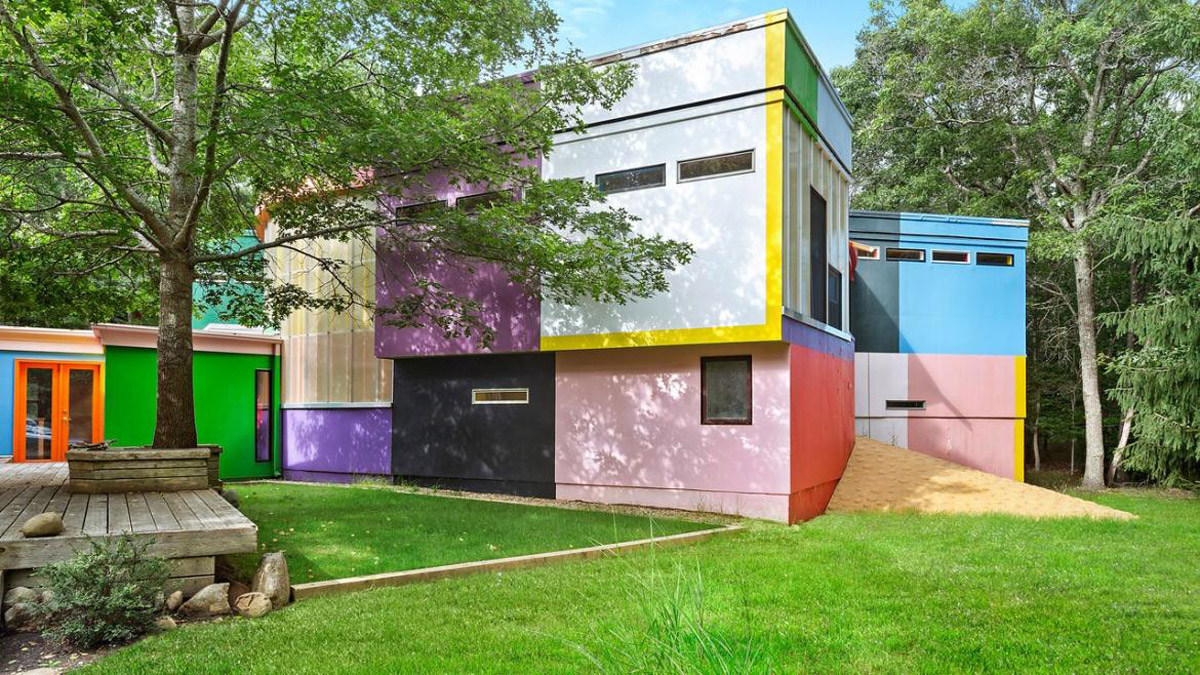
The “front” house has a living room with fireplace, two bedrooms, one and one-half baths, full basement, oil heating and air conditioning, and floor-to-ceiling sliding doors and windows. In total, the two houses and the “in-between” link form an architectural collage containing 3,400 sq. ft. with four bedrooms, two and a half baths, studio/study room (or fifth bedroom), a traditional living room with fireplace and a large, sunken “Italian” country kitchen, a raised dining and work platform – surrounded by 4 Arakawa/Gin’s “landing sites” large, high and open cubic volumes.
There are many “metaphysical” small slopes, hills, nooks and crannies made of Japanese rammed earth country floor to stimulate the feet, a kind of kaleidoscopic laboratory or incubator for living well and longer.

The two houses, simple and complex and the link create an upbeat, energetic collective compound, a cultural and architectural collection.
This is a rare work for living life as perpetual exercise in an environmental juxtaposition for puzzling about living life as art and art as living life, inside and out, and as Arakawa/Gins believed possibly forever.
